EF1. What Is Energy?
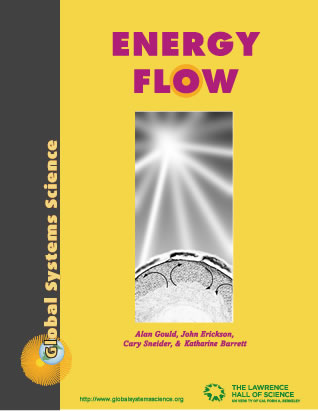
Chapter 1
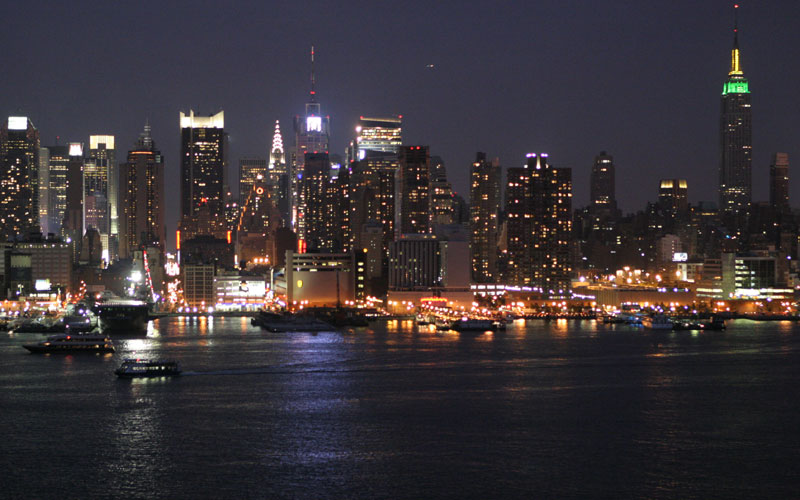
You lean out of the window, far enough to feel the breeze on your face. The City is spread out beneath you. New York. The Big Apple. A million moving points of light seem to throb with energy. Cars move across the Brooklyn Bridge. People walk the sidewalks. Water flows in the East River. All is a swirl of energy.
But the movement and lights of the City are not the only forms of energy that surround you. You feel the energy of the wind on your face. As you walk down the street with earphones pouring great sound energy into your ears, you notice the sidewalk is cracked and slightly askew. Tree roots have grown under that sidewalk and the enormous energy of the tree’s growth has broken the concrete. Your friend in Los Angeles also has a cracked sidewalk, but she wonders if it is really tree roots or the relentless energy of movement of the ground itself in an earthquake fault zone that is breaking the concrete.
It is getting dark. On returning home you feel warmth from the gas heater. You feel the energy from dinner surge through your veins, re-energizing you for the evening’s activity. Energy moves through you and around you.
Much of the energy flowing around you has really come from the Sun, even energy from electrical power plants to run the world at night, the chemical energy stored in batteries and gasoline, and the biological energy stored in our bodies. But the Sun went down a half hour ago. How can the Sun’s energy still be all around you? What could the Sun possibly have to do with it? Here’s how…
I. Energy from the Sun
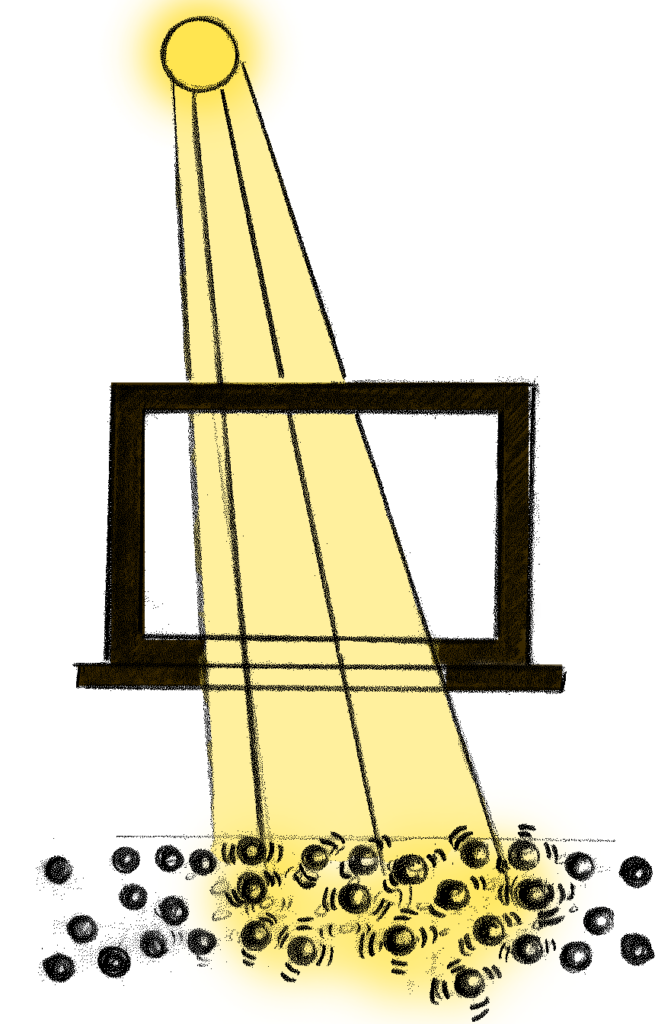
A few hours ago sunlight poured in through the window. That energy had left the surface of the Sun and traveled through empty space by radiation, taking about 8 minutes to travel 155 million kilometers to the window of your apartment. Passing through the glass window, the light rays were absorbed by the linoleum floor.
If we could look at the floor with the world’s most powerful microscopes, we might see that it’s made of molecules—tiny particles held together in a rigid structure, vibrating in place like quivering balls of Jello™. When sunlight falls on the molecules they vibrate more vigorously. If we touch the linoleum, we experience this jiggling as heat. The vibrating molecules jiggle the ones next to them, and those jiggle others, until the whole area of the floor is warmer. This flow of heat by contact is called conduction.
Now that the Sun has set, its light no longer comes in through the window, but the linoleum is still warm. As it cools, it radiates infrared energy, which cannot be seen by the human eye. But if we took a picture using infrared-sensitive film, we’d see a bright area on the floor where warmth from the day continues to linger. We’d also see our bodies and dogs and cats as brightly glowing shapes because they, too, have infrared energy pouring from them.
The window is not the only way that energy from the Sun gets inside our apartment. The natural gas that our heater uses as fuel was formed millions of years ago, when solar energy was stored in the tissues of green plants. The plants died and were buried in the Earth, and slowly decayed over millions of years, forming coal, oil, and natural gas. The energy from the Sun was stored in these fuels in the form of chemical energy. Wells drilled into the ground hundreds of miles away removed the gas and pipelines carry it to our apartment.
And what about the electric lights in our apartment and throughout the City? It comes from several huge power plants, most of which are powered by oil or coal—energy from the Sun that was stored in the ground millions of years ago.
But how about the power plants at Niagara Falls? (Photo on page 2.) Again, it’s the Sun doing that work. Sunlight evaporates the water from lakes and oceans. The Sun warms the moist air, forming clouds and creating winds that carry rain clouds over the land. Then with the aid of the Earth’s gravitational energy, the rain falls, flows into rivers, and over Niagara Falls, where it generates some of the electricity that lights up the urban landscape before your eyes.
It is only nuclear power plants which run on fuel that does not derive its energy from the Sun. The rare mineral uranium, which powers nuclear plants, was created when the Earth was formed, some five billion years ago.
II. A Definition of Energy
Matter is easy to describe. It’s “stuff” that comes in familiar forms: solid, liquid and gas. It has mass. It can have weight. You can usually see and feel matter—it’s tangible. Energy is more “intangible,” yet it underlies our abilities to perceive everything: the light we see, the sounds we hear, and the heat we sense by touch, are all forms of this intangible thing called “energy.”
Try to imagine a universe with matter, but no energy. The matter would just sit there and nothing would ever happen to it. Nothing would change. Passage of time would be impossible to detect. Add some energy to this universe and things start happening. The Big Bang theory of how the universe began starts with a “fireball” of enormous energy.
Energy is difficult to define; but let’s start by saying: energy is any means by which matter can be changed. Energy exists in many forms, and one form of energy can be converted into another form. When such a transformation of energy happens, sometimes it may seem like energy is “lost,” but it is not really lost—it always obeys the “law of conservation of energy.”
III. Conservation of Energy

The word “energy” was not used in its modern scientific sense until 1807. A young doctor and physicist named Thomas Young used the word when he saw that energy which appears to be “lost” in one form is always converted to other forms. For example, a skateboarder rolling along on a level pavement slows to a stop (if no extra pushes are added). It would appear that all the energy of motion has been destroyed. But wait! Feel the wheels of the skateboard. They’re warm! Some of the energy of motion was transformed into heat energy—heating the wheels as well as the pavement. And some of it was transformed into wind energy, as the skateboarder cut through the air, leaving swirling currents in her wake.
Energy is neither destroyed nor created. This basic principle is known as the law of conservation of energy. The only time this law seems to be violated is when energy is “released” in nuclear reactions. In a nuclear reaction, the center, or nucleus, of an atom changes. It might join with another atom (fusion) or give off particles (radioactive decay) and turn from one kind of atom into another. In a nuclear reaction a very small amount of matter disappears, and an equivalent amount of energy appears.
IV. Sources of Energy
There are four major sources of Earth’s energy:
- Nuclear fusion inside the Sun. The Sun is composed of very hot hydrogen gas. In a series of nuclear reactions, atoms of hydrogen join together and produce atoms of helium, a variety of particles, and energy. The process is called nuclear fusion. Most of the energy we encounter every day comes from this source.
- Gravity. Some of the heat within the Earth is left over from the original heat generated when the Earth formed by gravitational force. Gravitational energy is also important in generating winds, in circulating water throughout the globe, and keeping the Earth in its orbit around the Sun.
- Radioactive decay inside the Earth. Most of the heat within the Earth comes from certain natural minerals which generate their own heat as they slowly change—atom by atom—from one kind of element to another. For example, large atoms of uranium emit tiny particles and small amounts of energy. Eventually the radioactive uranium atoms turn into stable atoms of lead.
- Space debris. Every day, tons of space debris fall into the Earth’s atmosphere. Every few million years a very large asteroid or comet collides with our planet. The energy it delivers, in a very short period of time, has vast consequences for the evolution of life.
V. Flow of Energy
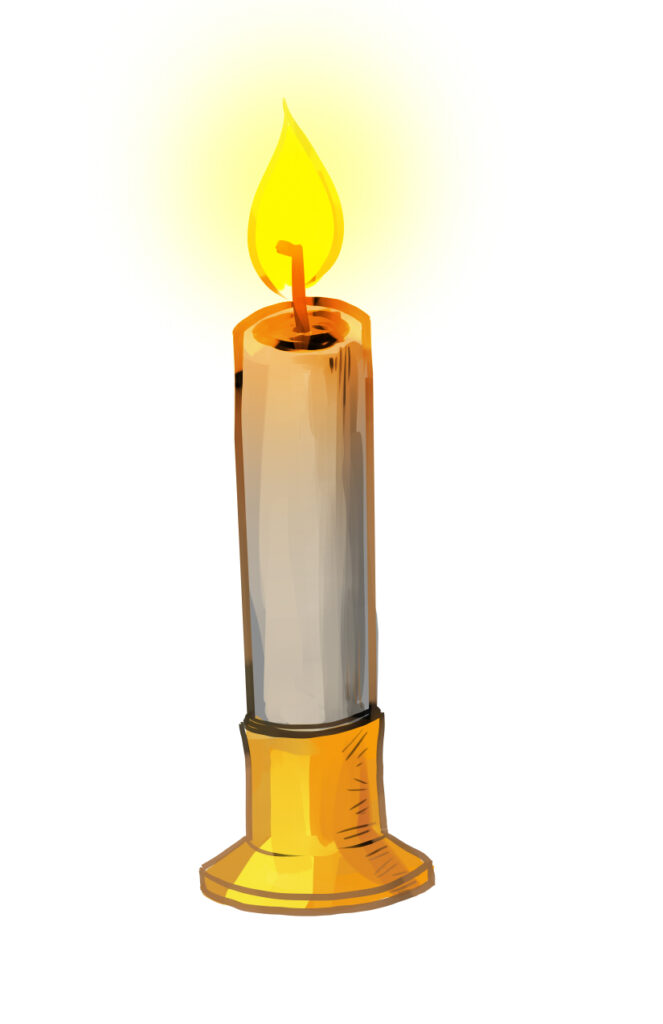
Energy can flow from one place to another. Light a candle, and you can quickly see three ways that energy can flow.
Radiation
Hold your hand a few inches to the side of a candle flame. You will feel its warmth, and you will see light from the candle flame reflect off of your hand. Energy radiates from the candle. That is, it flows in straight lines from the source of energy. While energy can travel by radiation through clear solids and liquids, it travels most easily through empty space.
Conduction
Hold a metal paper clip in the candle flame, and in a few seconds you will feel it get hot. Energy from the burning candle wax heats the end of the clip and travels through it to your fingers. The transfer of heat by conduction requires direct contact. While liquids and gases can conduct heat, metals are best at transferring heat by conduction.
Convection
Hold your hand a few inches above the candle flame and you will feel a great deal of heat! This is because energy sometimes “hitches a ride” with matter. The candle flame heats the air immediately around it by conduction. The hot air spreads out, becomes less dense, and floats upwards. Cooler air comes in from the sides, completing a convection current. Convection can only operate in gases and liquids because they are fluids—they flow from one place to another, bringing heat energy with them. Convection cannot occur in solids or empty space.
VI. Forms of Energy
There are many forms of energy. For example, here are forms of energy that we can detect in a thunderstorm:
- Kinetic energy, or energy of motion, is found in the wind, moving clouds, raindrops, and hailstones.
- Thermal energy, or heat, is required to start a thunderstorm by evaporating large quantities of water from the surface of the ocean, lakes or leaves. Thermal energy is really the kinetic energy of atoms and molecules.
- Potential energy, or stored energy, is found in the droplets of rain and hail that are carried upwards on rising currents of air, ready to fall and release their energy in the form of motion.
- Electrical energy builds up within clouds during thunderstorms, and is released in powerful flashes of lightning.
- Electrochemical energy is used by our nervous systems to receive sensations and convey them to our brains. This form of energy allows us to see the flash of lightning and respond with shock, fear, wonder, or a sudden dash for cover.
- Light energy is released by the flash of lightning.
- Sound energy which accompanies the lightning in the crack of thunder is also a kind of kinetic energy, since sound energy is made of vibrations of molecules.
Since the energy that drives thunderstorms comes from the Sun, in a sense these are all different “disguises” that solar energy can wear.
VII. Energy Flow: Torrents to Trickles
The mental energy you expend in reading this book is taking you on a path that follows myriad ways that energy flows through Earth systems. Some energy flows in trickles, like water from a leaky faucet, and other energy flows in unbelievably powerful events, such as:
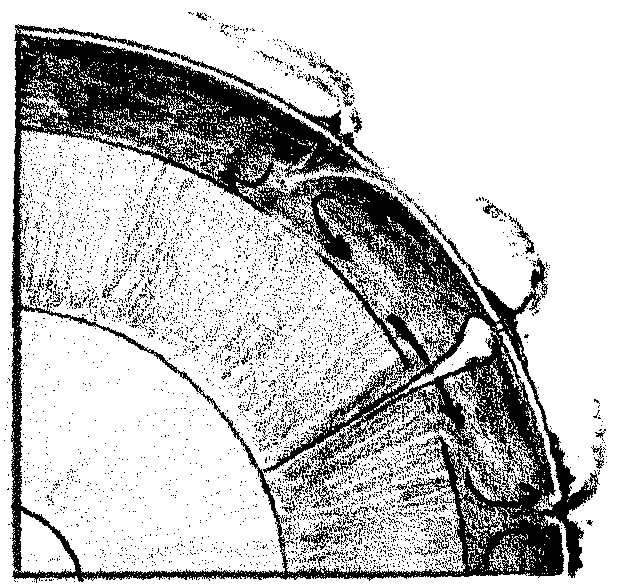
earth quakes and volcanic eruptions,
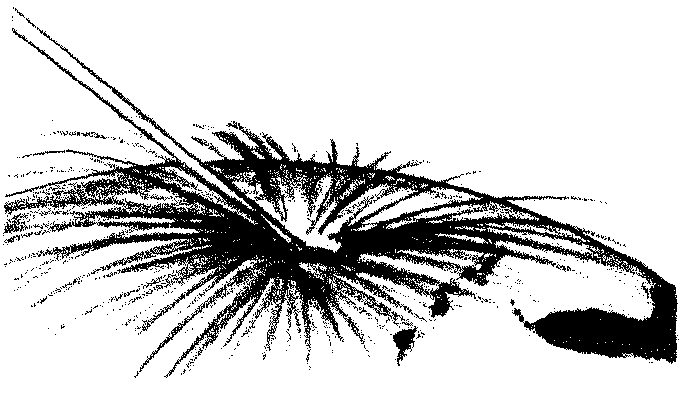
the impact of a huge asteroid on the Earth,
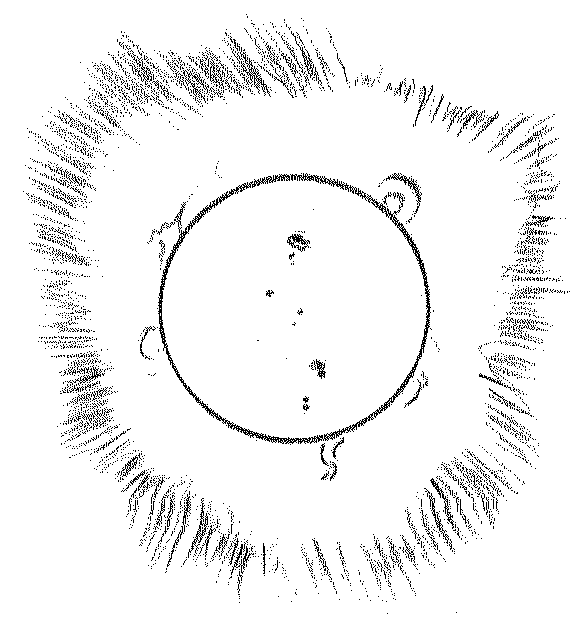
the energy inferno of the Sun,

the changing climate of our planet,

and the immense destructive power of tornadoes and hurricanes.

